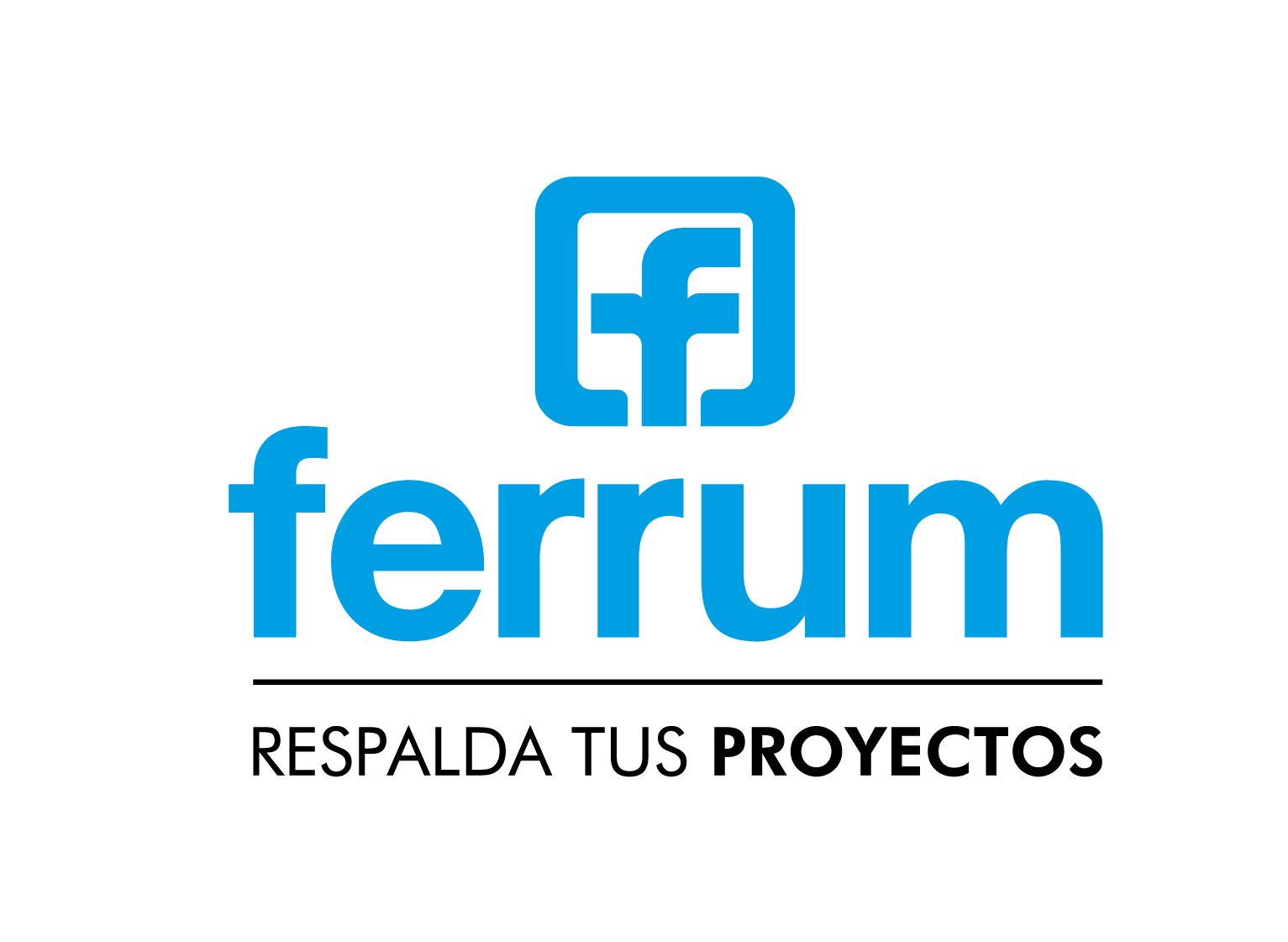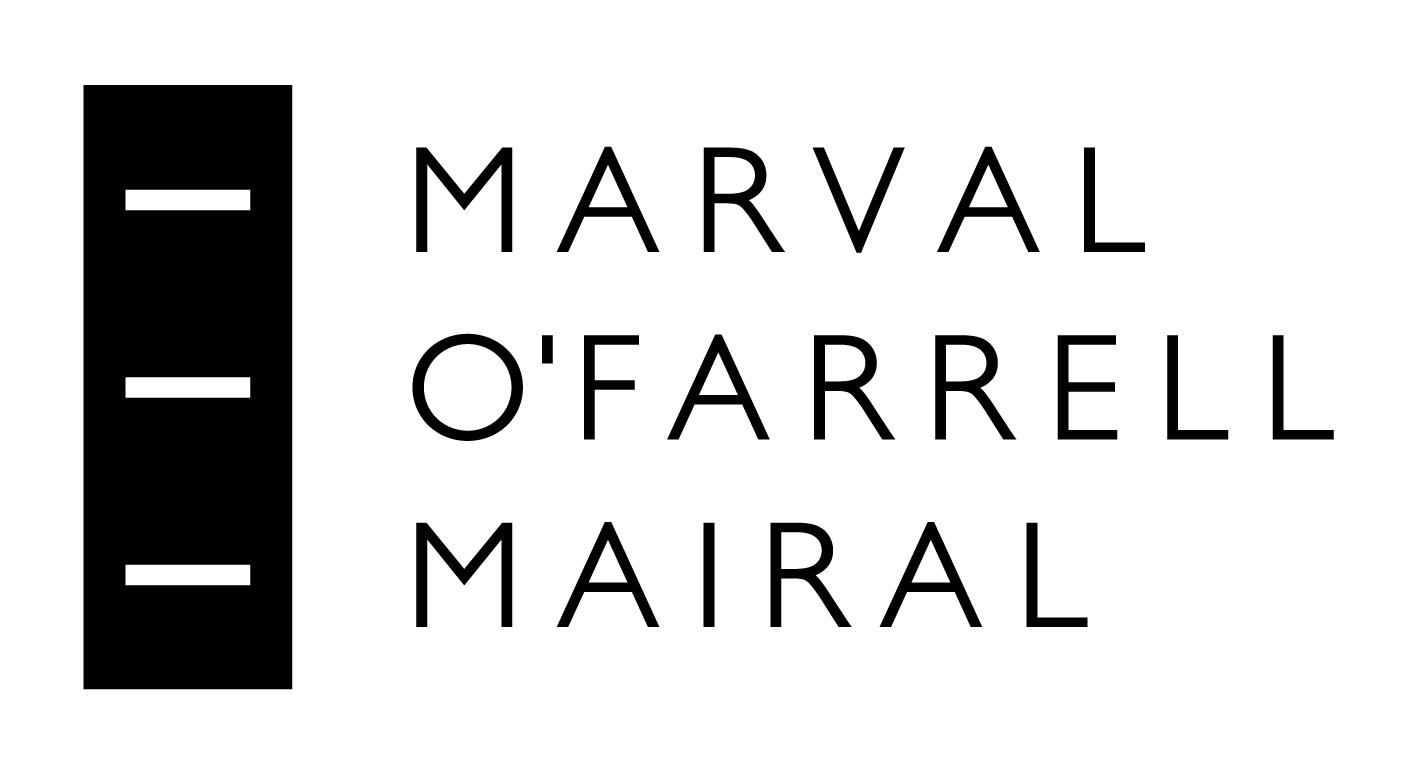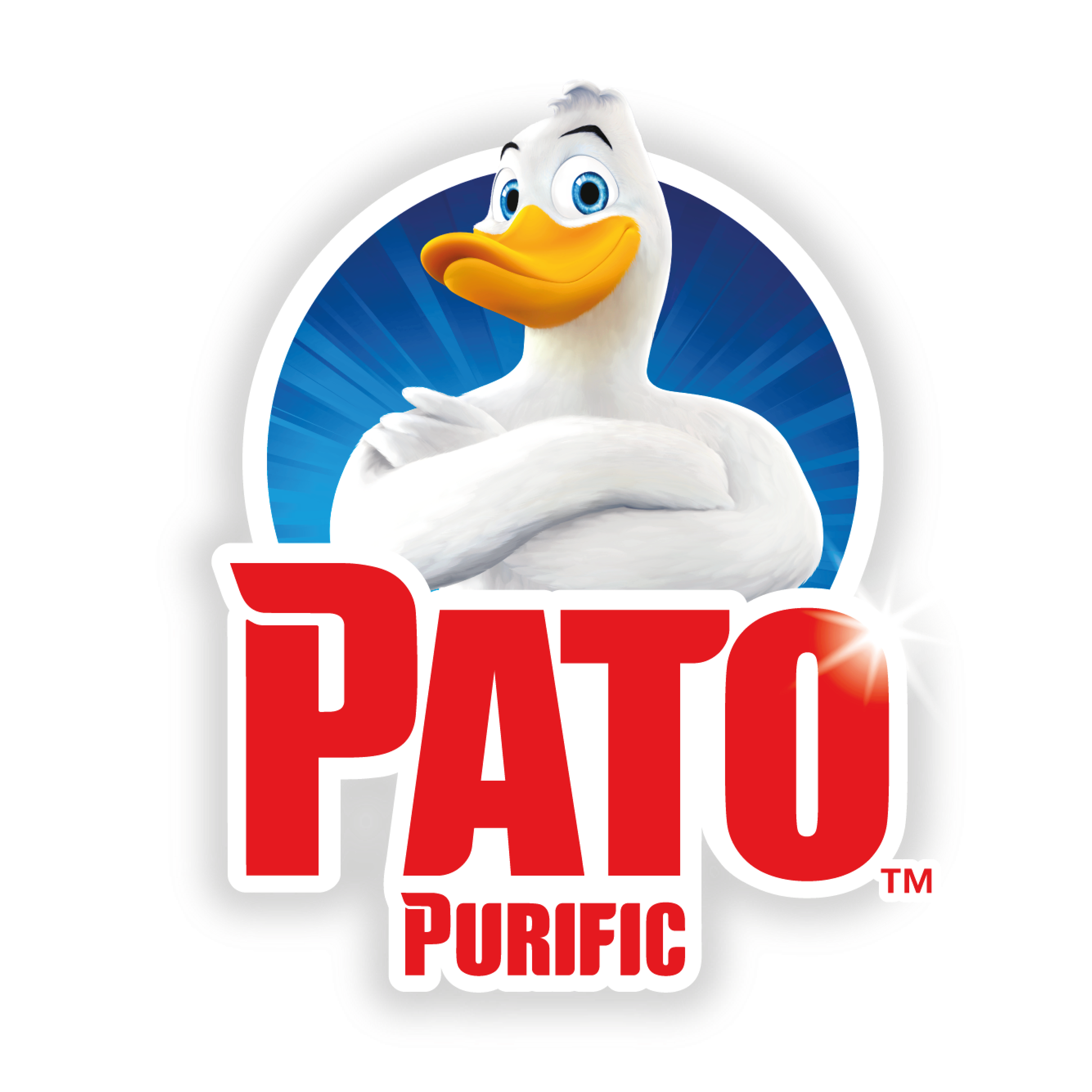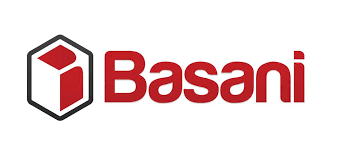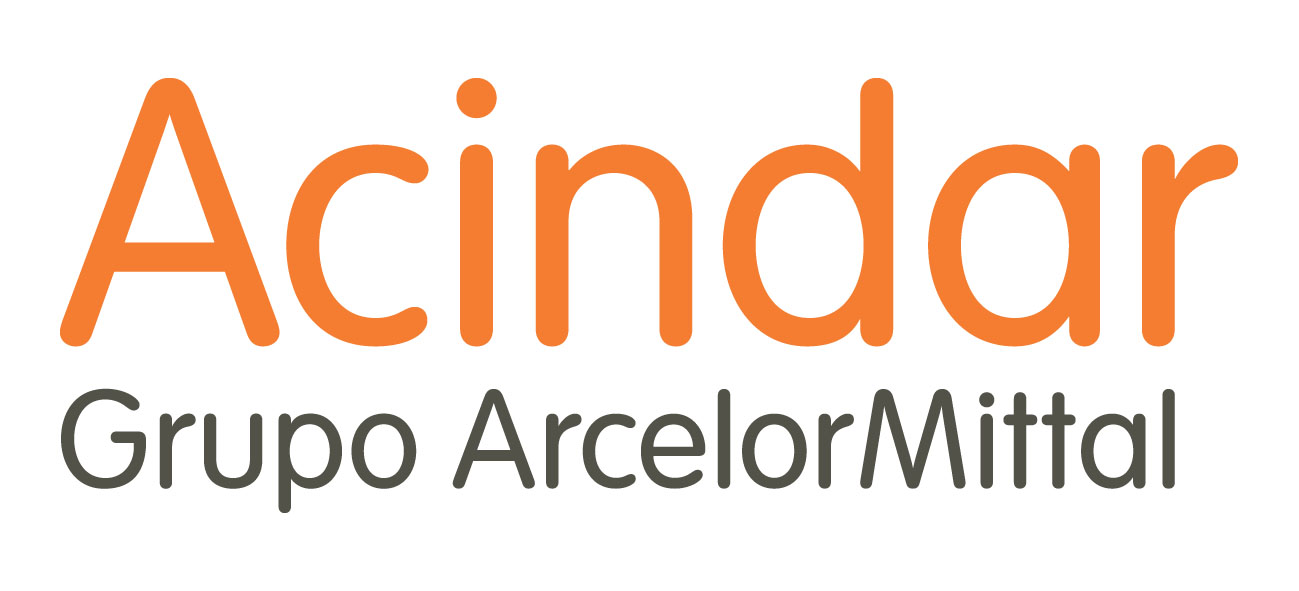How to Achieve a Scalable Social Real Estate Model?
In Latin America in general, and in Argentina in particular, the growing trend of renting, combined with high levels of informal employment, means that a significant portion of the population cannot access adequate housing through the market. These access barriers leave many people living in places that lack minimum habitability conditions, paying prices like those of formal rentals. Thus, an unregulated market is created that moves a lot of money without meeting the needs of its inhabitants.
At Habitat for Humanity Argentina, we have been working on this issue for many years. First, through our Estela de Esperanzas project, which allows families with a history of inadequate housing to access formal rentals. Then, built on this successful experience, we undertook a hard advocacy effort to help generate systemic change.
A ViLab of Successful Experiences
Together with the UHPH Platform and the Local Innovation Network (RIL), we carried out a Housing Laboratory with the aim of raising awareness and mobilizing around the need to expand access to housing through social renting, specifically with a Social Real Estate model.
During the event, successful models were shared that can serve as a starting point for building a scalable program in Argentina. The session was moderated by Fernando Álvarez de Celis, Executive Director of Fundación Tejido Urbano.
The first of these was the aforementioned Estela de Esperanzas project. During the presentation, we highlighted the level of tenant commitment. “Delinquency is low, similar to the formal market, and families value access to safe housing so much that rent becomes a priority,” explained Mónica Gallegos, Advocacy Manager.
The Community Real Estate Fund for Renting (FICA), from Brazil, acquires and manages properties, and designs specific solutions such as student housing, programs for homeless people, and shared rentals. This model combines donations, social investment, and property transfers. FICA places special emphasis on social support. “To help tenants achieve financial independence, it is essential to offer social management,” said Simone Gatti, President of the Fund.
Santiago Mendía, from the Affordable Housing Institute (AHI), a nonprofit impact consultancy dedicated to improving affordable housing ecosystems worldwide, highlighted the challenge of social real estate agencies: “They must be financially sustainable and socially transformative.”
From Chile, the municipal project Innova Recoleta was presented, which, through a Popular Real Estate Agency, offers affordable rental housing to various vulnerable populations. Its Executive Director, Alberto Pizarro, commented: “It seems very complex to rent to families, but it is a great opportunity for municipalities.”
Next Steps
These are just some of the social rental experiences that exist on our continent. Their successful results and lessons learned are a roadmap for designing a Social Real Estate model in Argentina that can bridge the gap between unmet demand and vacant, unexplored supply.
That is why, over the coming weeks, we will be working with housing ecosystem experts and local governments in Strategic Workshops to co-create innovative solutions.
Watch the full webinar here.





